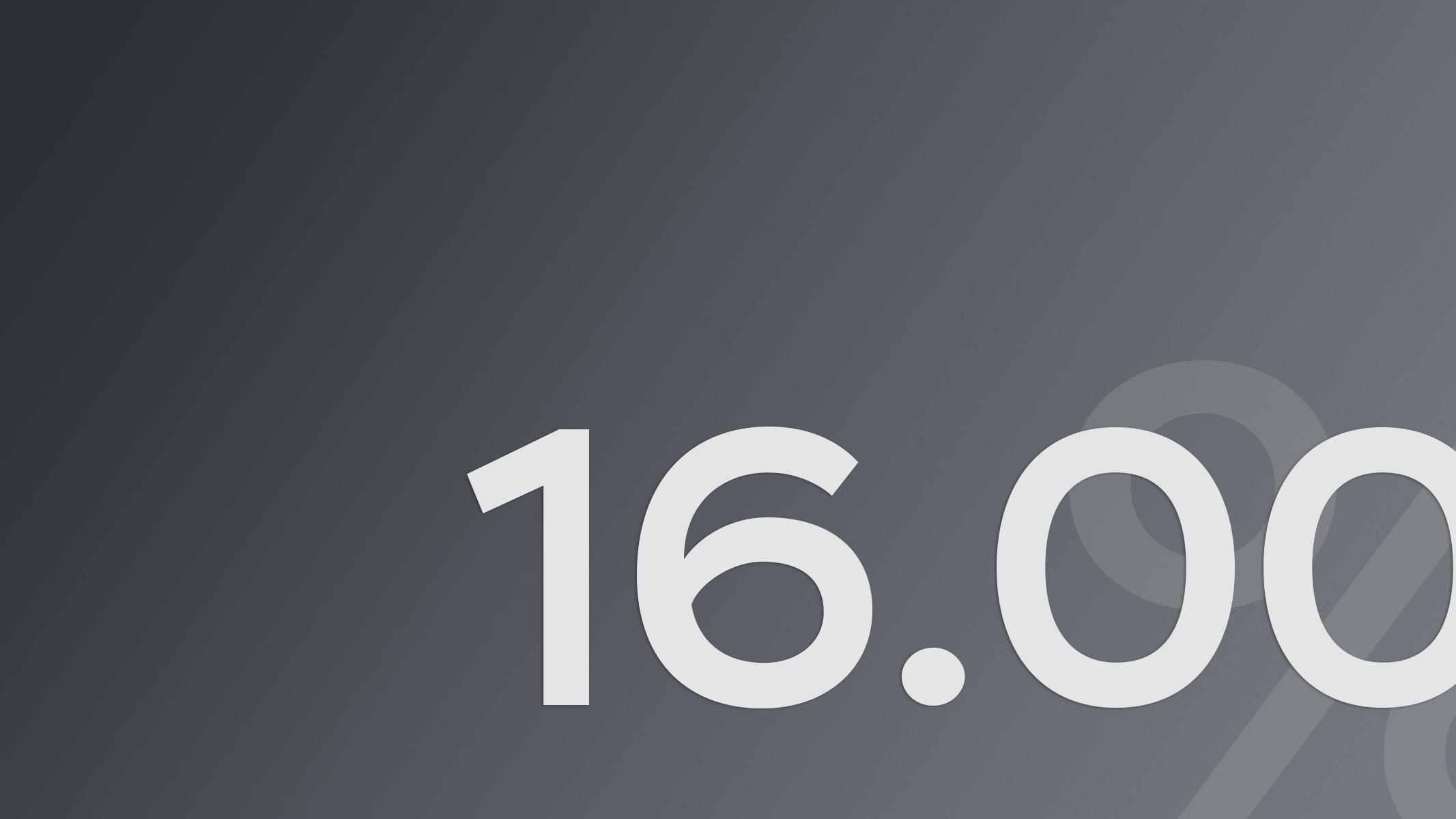On 16 February 2024, the Bank of Russia Board of Directors decided to keep the key rate at 16.00% per annum. Current inflationary pressures have eased compared with the autumn months but remain high. Domestic demand is still outstripping the capabilities to expand the production of goods and services. A judgement on the sustainable nature of emerging disinflationary trends would be premature. The Bank of Russia’s monetary policy is set to solidify disinflation processes unfolding in the national economy.
The return of inflation to target in 2024 and its further stabilisation close to 4% assume that tight monetary conditions will be maintained in the economy for a long period. According to the Bank of Russia’s forecast and given the monetary policy stance, annual inflation will decline to
In the December to January period, current seasonally adjusted price growth was down to 6.6% on average in annualised terms (compared with 11.5% in the autumn months). Similarly, annualised core inflation declined to 7.0% on average over the same period (compared with 10.2% in the autumn months). This in large part reflects the gradually strengthening effects of monetary tightening. Annual inflation has so far held in the vicinity of December 2023 levels as a result of base effects. As of 12 February, it stands at 7.4%.
Household inflation expectations have declined since the beginning of this year, approaching the levels registered in 2023 Q3. Businesses’ price expectations have also moved lower. However, inflation expectations remain elevated. This determines the inertia of current high price growth.
The Russian economy grew at an annual rate of 3.6% in 2023, exceeding the Bank of Russia’s previous forecast. Given increased inflationary pressures, this means that domestic demand is still considerably outstripping the capabilities to expand the production of goods and services. At the same time, a growing propensity of households to save, a deceleration in consumer activity growth, and cooling demand for imports are increasingly working to put the economy back on a balanced growth path. This is set to be a protracted process.
Labour shortages are still the key constraint on the expansion of output of goods and services. Flash data including business survey results show that the labour market remains tight. Nevertheless, the tightness of labour market conditions has stopped increasing in some sectors.
Monetary conditions are tightening following the increase in the key rate in the second half of 2023. A rise in nominal and real interest rates is continued in various segments of the financial market. The inflow of household funds into time deposits holds steady. Unsecured consumer lending and unsubsidised mortgage both show a significant deceleration in growth. There are early signs of slowdown in corporate lending.
A tightening in a number of macroprudential measures and the rollback of most regulatory relaxations in banking regulation are also working to tighten bank lending conditions. This is expected to additionally constrain lending growth in 2024. However, the issuance of government-subsidised mortgage loans remains high.
Over the medium term, the balance of inflation risks is still tilted to the upside. The main proinflationary risks are associated with changes in terms of trade (including as a result of geopolitical tensions), persistently high inflation expectations, and higher upward deviation of the Russian economy from a balanced growth path, as well as with a fiscal policy normalisation path. Disinflationary risks are primarily related to domestic demand slowing down faster than expected in the baseline scenario.
Following the Board of Directors’ key rate meeting on 16 February 2024, the Bank of Russia releases its medium-term forecast. On 27 February 2024, the Bank of Russia will publish the Summary of the Key Rate Discussion and the Commentary on the Medium-term Forecast.
The Bank of Russia Board of Directors will hold its next key rate review meeting on 22 March 2024. The press release on the Bank of Russia Board decision is to be published at 13.30 Moscow time.
The reference to the Press Service is mandatory if you intend to use this material.

